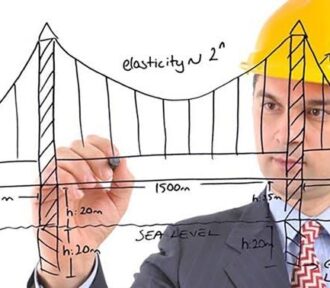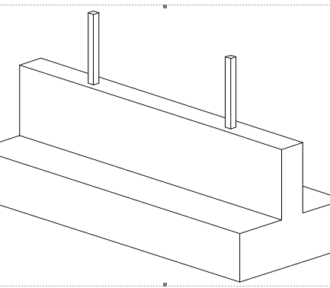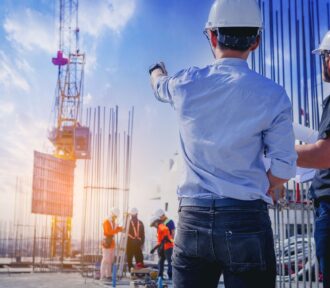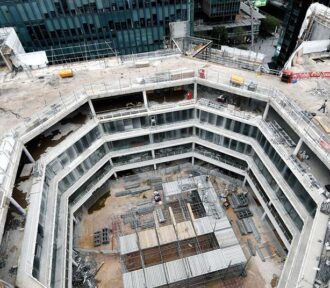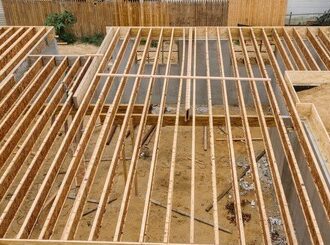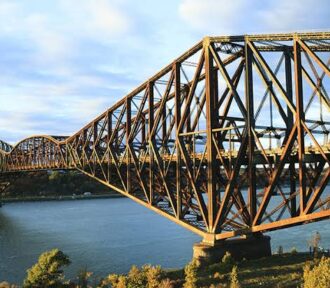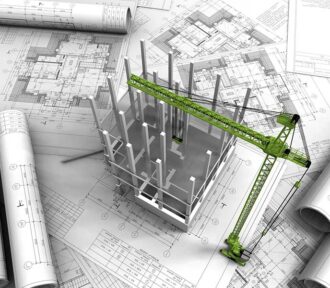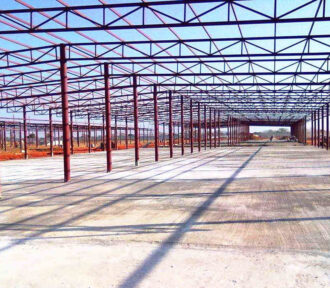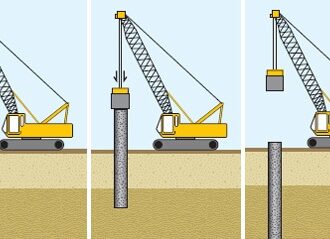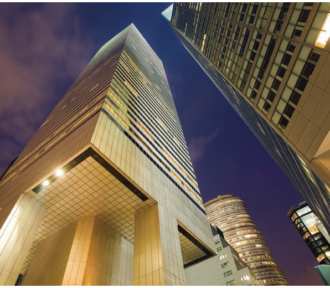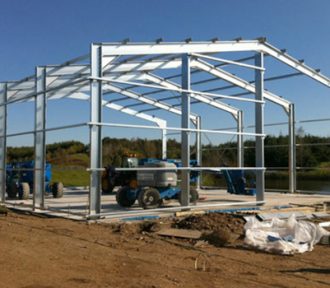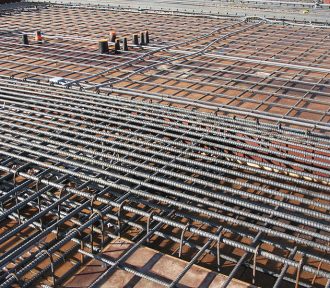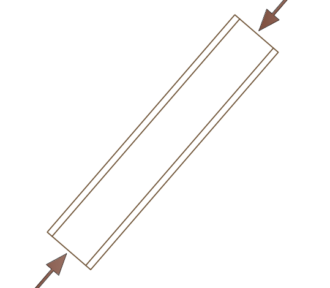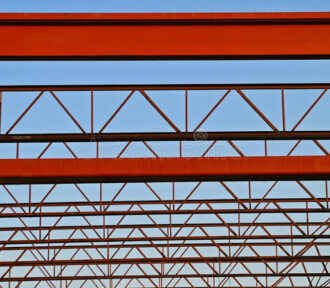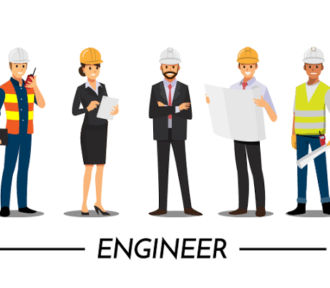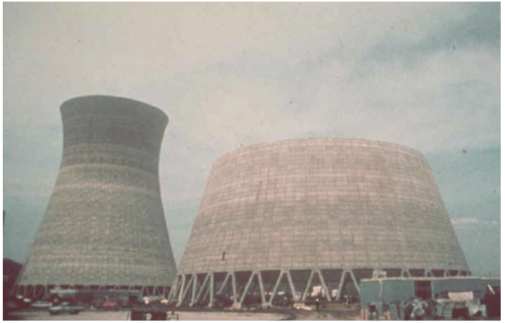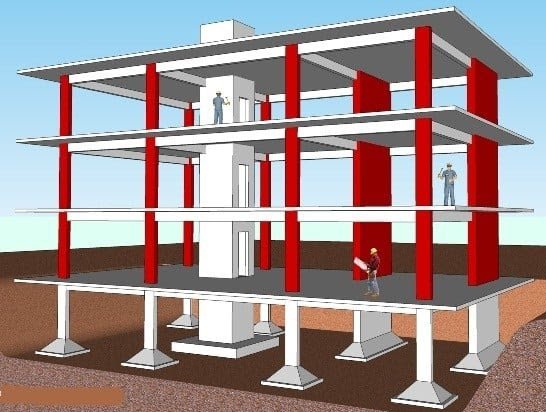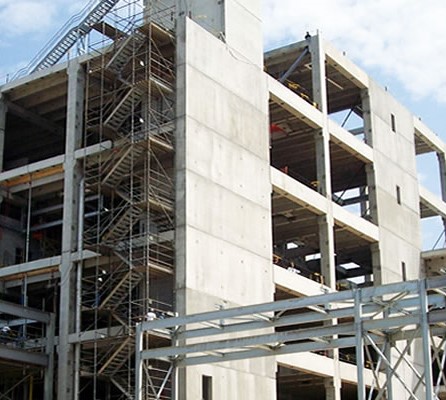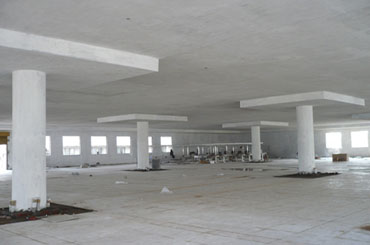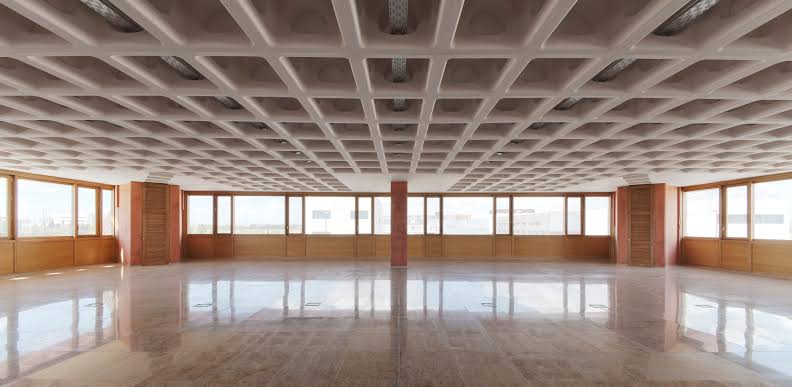This fifth installment on the series on concrete bridges provides insights on the maintenance and management of concrete bridges.
This article provides insights and useful guidance on assessing thermal effects on building structures based on Eurocode 1 (part 5)
This article is concerned with the analysis of beams on elastic foundations. It provides a background and a suitable method that can be applied for hand calculations.
This article presents various methods of measuring foundation settlement from the result of field/ in-situ soil testing.
This article provides an overview of the background, status and transition timetable for the second-generation EN Eurocodes that are in development.
This article provides an overview of how to estimate settlement of spread foundation with a focus on Eurocode 7. The article also contains fully worked example.
This article explores forensic engineering from the perspective of failure investigation. It highlights what constitute an engineering failure and how the structural engineer should approach a failure investigation.
This article explores the plate load test and illustrates how to use data obtained during the test to determine the bearing capacity of soils. The…
This article provides an overview of the rules applicable when detailing foundation to Eurocode. It covers pad footings, ground beams, raft foundations and piling. No…
This article gives an overview of the analysis and design of box culverts, the checks and verifications required to be carried out, and a worked example to the Eurocodes.
This article is concerned with the hydraulic aspects of designing a box culvert. It deals particularly with the aspects of sizing a box culvert to ensure that it’s able to deal with the anticipated peak flood discharge without any adverse effect throughout the service life of the culvert.
This article provides an introduction to ground bearing floor slabs, touching on the slabs’ reinforcement by considering both historical use of mesh as well as current plastic and steel fiber reinforcement methods.
This article discusses the how prestressed precast concrete planks are constructed, specified and installed. Precast concrete planks are a common method of floor slab construction.…
This article discusses the construction specification, the types of specifications that may be required on a project and the importance of having them in place.
This article explores the analysis of free-standing staircases. It provides a comprehensive review of different analytical and numerical approach for analyzing free-standing staircases and introduces a simplified method suitable for preliminary analysis and design.
This fourth article in the series on concrete bridges examines the initial parameters that might determine the best layout for a new bridge. One of…
In preparing structural layout drawings, there are no rules but guidelines. This is where the design engineer is expected to show competence by bringing to bare, his conceptual design skills, based on knowledge of first principles.
This article discusses bar schedules and scheduling of reinforcement, highlighting the procedures or rules for interpreting reinforcement on drawing and the importance of adhering to the rules.
This article discusses the various types of loading on box culverts and how to estimate the design value of these loads based on the recommendations of the Eurocodes.
While unreinforced masonry retaining walls may lack the structural complexity required for taller structures, they can be a practical and economical solution for short walls, providing effective soil retention in landscaping, garden terraces, or other applications where the height of the wall is minimal.
This article explores into the historical evolution of structural engineering forms, meticulously unraveling the intricate tapestry of milestones that have not only shaped the discipline but have also woven together the very fabric of human civilization.
This article walks through the design of box culverts by giving an overview of the applicable design standards used for box culverts to Eurocodes. The importance of adhering to these standards is emphasized to ensure structural integrity, durability and safety.
Estimating the deflection of long span trusses is considered a challenging subject as it often requires tedious calculations when done by hand. This article presents a straightforward method for determining deflection in trusses.
The design of piled foundation unlike other foundation types largely falls within the remit of a geotechnical engineer with little assistance from the structural engineer. The first step requires the geotechnical team to conduct a detailed site investigation
This article delves into the dynamic landscape of structural engineering, shedding light on the top 7 innovative trends that are not only defining the present but are poised to shape the future of the discipline.
This article discusses moment resisting connections used in the design of single storey and multi-storey buildings. It highlights the common types of moment connections used and an overview of the design procedures based on Eurocode 3 (Part 1-8)
This article explores the significance of field testing in soil engineering and highlights some common methods employed in measuring the bearing capacity of soils.
This article describes how to detail a concrete column with respect to geometry, concrete cover, minimum and maximum area of longitudinal reinforcement, size and spacing longitudinal and transverse bars etc.
This article aims to explore how a structural engineer should approach the strengthening of existing structures as well as the major techniques that can be employed in strengthening an existing structure in order to ensure the overall safety and durability.
This article takes a look at what a constitute a claim within the purview of a structural engineer, how they may arise and the steps the structural engineer can take to mitigate them.
This article focuses on the significance of Finite Element Analysis (FEA) in predicting the behavior of complex engineering systems. It delves into common errors in FEA, such as meshing and boundary condition errors, and provides strategies to avoid them. By understanding these errors and implementing preventive measures, engineers can enhance the reliability of FEA models.
The article aims to help a practicing professional navigate the jungle of structural engineering software. It creates a list of 10 software which is meant to help you choose which structural engineering software to invest in within your context and interests.
featured image showing snow loading
In buildings with stringent span requirement with vertical element discontinuities, transfer trusses perform better than transfer beam and transfer plates.
There must be a delicate balance between progress and sacrifice. The Implosion of the Titan Submersible is an engineering disaster that should remind engineers never to compromise safety in the quest for innovation.
When an adjacent footing overlay the area of the soil wedge of a retaining structure, the footing exerts a lateral surcharge pressure against the retaining wall, which must be considered in the analysis and design of the retaining structure.
Transfer structures are used in buildings with vertical element discontinuities and where a direct load passage to the foundations is not practicable. This article offers…
This article is concerned with the design of waffle slabs supported on solid column heads – a slab option that combines the benefits of a…
Column base plates are provided beneath steel columns in order to transmit the applied design forces safely to the foundations. Steel columns are heavily loaded and their cross-sections are typically small…….
When assessing the safety of an existing building, a significantly different approach is required compared to when planning a new structure. This article explores how…
Retaining walls with respect to their form and construction method can be grouped into three categories vis a vis: gravity, embedded and hybrid. This is discussed in this article.
This article is a comprehensive guide on how to write a site investigation report. It concerns the factors that may affect the quality of the report; how to present the results of the site investigations; and what the report should contain.
In any tall building, the lateral forces is unarguably the most critical factor. Hence, fundamental to the design of any tall building is the lateral stability system.
This article is a discussion on the phenomenon of vortex shedding in tall buildings. It discusses the causes, effects, and explores the innovative solutions that…
There is no consensus on a universal definition for tall buildings, even in design and practice, the definition of what should be classified as high-rise, medium and low-rise is ambiguous….
This article highlights the design of strap foundations: a very viable solution where the position of column with respect to its foundation must be eccentric as a result of site constraints.
In scenarios where traditional concrete or masonry retaining walls might be unsuitable due to ground movement or drainage considerations, gabion walls offer a viable alternative. This article offers insights into how to design gabion walls
The primary function of every retaining wall is to resist the lateral forces from earth without any stability problems. The taller the retaining wall, the more likely that counterforts will become necessary to achieve stability. This article explains how to design a counterfort retaining wall.
This article discusses the design intricacies of helical staircases. It offers an overview of the various methods of analyzing helical staircases and presents a method that can be used for preliminary analysis and design.
This article is an overview of the IstructE document (How to Calculate Embodied Carbon). It focuses on the lifecycle module A1-A5 (embodied carbon from the production stage up to the end of the construction process).
This article offers an extensive discussion on the analysis and design of portal frames based on the recommendations of Eurocode 3.
This article concerns the design of cross laminated timber floor, a floor made by stacking multiple layers of wood boards in alternating directions, which are then bonded together using a strong adhesive.
Retaining structures or a retaining wall is any constructed wall that holds back soil a liquid or other materials where there is an abrupt change in elevation. Retaining walls have been used for thousands of years, in the construction of terraced fields on a steep slope, or a railway through a hillside, a retaining wall is used in some form or another.
This article outlines the process of modeling, analyzing, and designing buildings. It is mentioned that the analytical process needs to be rationalized, but not at the price of an economic design.
The assessment of floor vibration concerns how the mass of its supporting structure moves when subjected to an imposed load. This is determined by ascertaining the natural frequency of the supporting structure to the floor, which is stated in Hz (cycles per second).
The Comet air crashes should teach and remind all engineers that, while all the analysis and design tools might be at your disposal, an engineer can only analyze and truly design for the situations they can actually imagine.
This second article in the series on temporary works discusses temporary works failures and how structural engineers can learn from them
The justification for combining loads from two or more super-structural element typically stems from restrictions. For instance, where the columns are closely spaced such that independent pile caps are impossible to construct as a result of overlapping.
This fourth article in the series on concrete bridges examines the special types of concrete bridge — previous articles described all the cast in place and precast options, Concrete cable-stayed, extradosed and stressed ribbon bridges are all described here, together with the special features of concrete footbridges and railway bridges.
Structural steel elements are amenable to failure due to lateral torsional buckling, when measures that recognizes this risk have not been considered in design. This article briefly, explains how the structural engineer can deal with lateral torsional buckling when analyzing steel structures.
This article provides guidance on how to design steel columns subjected to combined axial compression and bending to EC3, using the simplified expressions in the IStructE manual for the design of steelwork buildings.
Despite timber being one of the earliest structural materials around and its globally recognized status for sustainability, the tallest Timber building is still the 18-Storey building at the University of British Columbia, why?
In 2022, Nigeria recorded over 61 incidents of building collapse in 2022. As I write this article, I don’t know of any forensic report that has been made public on any of these incidents, or do you?
A spiral staircase is a type of staircase that follows a helical or circular path, with each step or tread positioned around a central column or a post.
When unauthorized changes occur on construction sites, they give rise to a conflict of interest, particularly in design-built projects.
Slab rafts are the simplest form of raft foundation typically encountered in practice. The motivation as with other raft foundation is to bring applied pressures to acceptable limits.
Precast bridges are highly favoured, where the speed of construction is very crucial or generally where the cost of procuring precast is justified by a shorter construction programme. This article discusses the different forms of precast bridges, typically encountered in practice.
Items relating to “boundaries of duties” constitutes a vast proportion of the frustrations and misunderstanding, and claims made against engineers. This article identifies and expatiate on the six boundaries of duties which an engineer must define in a fee proposal.
One of the most basic variants of raft foundations is the beam strip rafts. A beam strip raft utilizes a raft slab and ground bearing beams in two directions to support the heavy concentrated loads from the superstructure.
Piling is one of the oldest types of foundation technique known to mankind. Its principle is based on transferring the loads from a structure through…
This article provides an overview of the construction methodology and key considerations that built the deepest habitable grade commercial building in the world – The Londoner Hotel.
A fee proposal is an engineer’s ‘offer’ to undertake a predefined work for a defined fee and it is usually for the client to either accept or reject this offer. To give legal certainty to the offer, the following six items need to be defined in the proposal or an attached document.
As with almost every structural failure, it is the human factors that holds answers as to why the opportunity to forestall the failure was missed. In this article the role played by human factors in structural failures is explored.
This article aims to introduce the concept of temporary works. How the design of temporary works differs from permanent works and the interplay that exist between temporary works engineer and the permanent works engineer.
A Stringer beam is a structural member that supports a floor or a deck along its longitudinal direction. They are usually inclined secondary beams stemming from primary beams and their basic function is to convert distributed loadings from a slab into point loads which is transferred back to the primary beams or supports.
This article discusses the types of steel bracings required for ensuring lateral stability in braced multi-storey steel frames, the design considerations and the procedures required when providing them within a steel frame.
Foundation design has traditionally been conducted using the permissible stress method with the application of a global factor of safety. With the introduction of Eurocode 7, however, a distinctive design philosophy was presented, one that is based on the application partial factors. Thus, this article aims to investigate if higher bearing capacity values can be justified to Eurocode 7.
This article gives guidance on how to size concrete and steel structural elements at the initial concept design stages of a project development.
column splices are essentially steel-plated bolted connection provided in multi-storey steel construction to serve as a connection between two columns of different sections
In 1879, inadequate design, ineffective supervision, poor workmanship, tight budget restrictions, time constraints and a general lack of understanding of the response of structures to dynamic forces from wind culminated into one of the deadliest structural failures of all time; the Tay Bridge collapse.
Retaining walls with respect to their form and construction method can be grouped into three categories vis a vis: gravity, embedded and hybrid. This is discussed in this article.
The second part of the article on Reuse and Refurbishment of existing building explores how the structural engineer can maximize the identified opportunities through design.
Ribbed slabs incorporate voids to the soffits of slabs or replace voids with lighter materials.
This article discusses the design of timber beams which are unrestrained from lateral torsional buckling to Eurocode 5.
Inspection of activities on a site during construction is a very high-risk operation requiring expertise and experience. Site inspections are of paramount significance as they aim to minimize the risk of accidents arising within the construction site…
This article examines ways in which a structural engineer can identify the potentials for reuse and refurbishment of buildings at the early conceptual design stages
This article highlights some of the factors affecting the choice of engineering software and things the structural engineer must look out for when selecting a certain software for use.
Where a structure is eccentrically loaded, it can develop significant torsional forces in elements, which they may not have being designed to resist. This article highlights and discusses issues of buildability and detailing which structural engineers must become fully familiar with in order to avoid unforeseen problems that can lead to significant remedial works on-site and in some extreme cases, failures.
For every structure, frame stability is an important area of consideration. Designers of structural steel-work were the first to recognize the importance of considering the stability of steel frames in BS-5950.
This article describes the process of designing a laterally loaded masonry wall to Eurocode 6. It will highlight masonry and the relationship between its geometry, support condition and material properties when used as a structural material.
Ground improvement is the modification or treatment of weak and loose soil in order to improve their bearing capacities and potential settlement characteristics.
This twisting/rotation is known as torsion. Torsion generates forces within structural elements that they are rarely efficient at resisting. It would normally result in significant increase in element size or ultimately lead to change in structural form where they are found to be acting. Torsion in structures is best avoided as far as possible.
This article is concerned with the derivation and application of these notional loading, which is classified as Equivalent Horizontal Forces within the Eurocodes. The article also illustrates how the notional horizontal loads are incorporated into the design process.
In the design of trusses, timber is another alternative that should be considered at the preliminary design stage. When dealing with a small-moderate span, timber trusses are largely economical and the expertise required for fabrication is far less relative to steel solutions
In 2007 under-engineering, inefficient regulation, ever increasing dead loads combined with inadequate inspections led to the deadliest structural failure in Minnesota’s history. The immediate aftermath saw an investigation board commissioned to probe the cause of the failure. The investigation would discover a systematic collapse in the very layers of defense the engineering profession creates towards preventing catastrophic failures
The most common and conventional method of designing against shear in reinforced concrete structures is via the provision of shear-links (stirrups). However, in certain scenarios, shear cannot be resisted via the use of links alone, especially where the applied shear-force is enormous. In such scenarios, a very effective way of resisting shear in concrete is by combining shear-links with the provision of bent-up bars
This article, presents a range of floor systems utilized in multi-storey steel frames, with the advantage and disadvantages of each system compared with requirement of a project. Seven floor systems are listed and afterwards described
” An implicit assumption is an assumption that underlies a logical argument, course of action, decision or judgement that is not explicitly voiced nor necessarily understood by the decision maker1. In other words, implicit assumptions are those assumptions we make without even realizing it, hence they may go undetected.
Basement walls are essentially retaining walls which in most instances, in addition to the lateral forces from soil, pore pressure and surcharge must also carry axial forces due to gravity loads from slabs.
Retaining structures or a retaining wall is any constructed wall that holds back soil a liquid or other materials where there is an abrupt change in elevation. Retaining walls have been used for thousands of years, in the construction of terraced fields on a steep slope, or a railway through a hillside, a retaining wall is used in some form or another.
Timber posts are vertical elements, when utilized in any timber frame are principally subjected to both axial compressive actions and bending moments along one or both axes. In other words, a timber post is the equivalent of a column, but in this case the term ‘post’ refers to timber or steel.
This article discusses axial shortening and its causes, how they can be predicted, evaluated and mitigated. It would explain the measures structural engineers and building contractors may employ to counter its effect. It would also make references to the current codes of practices were necessary.
Selecting the most appropriate foundation type is often a very difficult undertaking in design and construction. Even, perhaps the most important part of the design process. Rightly so, it can be argued that the foundation of any structure is the most principal component of that structure
While many engineers make the very valid argument that software prevent errors and human fallibility, many other engineers including this writer make the equally valid argument that these tools contribute to creating errors. Are these software’s actually aiding us to become better engineers or are they actually replacing us, at least, in cognitive sense, as engineers?
An inverted T beam foundation consist of an upstand ground beam embedded in a concrete slab, utilized to transmit a system of column loads safely to the ground (Figure 1).
The perils of having an opinion in architecture, engineering and construction is that all your opinions and recommendations are treated as notorious facts, even though they could be wrong. This article seeks to establish the link between design defects and issues of competency.
This article discusses the reuse, and refurbishment strategies adopted for the Triton Square building in London to enable the addition of three extra floors. Increasing the total floor area by 70% while achieving a SCORS A rating for the overall carbon per unit area for the scheme.
This article aims to address the key ethical questions that may arises when an engineer is contacted to review the work of another engineer.
In any tall building, the lateral forces is unarguably the most critical factor. Hence, fundamental to the design of any tall building is the lateral stability system.
Timber joists are one of the most basic structural elements found in many timber frame construction. They are closely spaced timber beams (typically in the range of (450-900mm) used to support a suspended ceiling, timber flooring or sheathings. In this article, we shall discuss the design procedure of timber joist. All advice given will be based on the guidance and recommendations of BS EN 1993-1-1:2004 Eurocode 5 Design of Timber Structures- Part 1-1: General common rules of buildings.
High above St. Lawrence River, on a hot sunny day in August, 1907, workers were working on the Quebec bridge when suddenly, the sound of twisting metals pierced the air, and the giant cantilever bridge under construction failed, crashing into the river with enormous force, such that people miles away in Quebec City believed an earthquake had hit.
The reading and interpretation of structural engineering drawings is a much-underrated skill. A skill that is often not taught but learnt through frequent exposure to structural engineering contents and a drive to fully understand them. In simple form, a structural drawing can be defined as any drawing consisting of plans or set of plans and details explicitly showing how a building or structure will be constructed
Many problems of long spanning in structural engineering can be resolved through the use of steel trusses. These days, long span structures are very popular– from sport arena roofs to auditorium galleries, airport terminals, railway stations etc….
There is no consensus on a universal definition for tall buildings, even in design and practice, the definition of what should be classified as high-rise, medium and low-rise is ambiguous….
A properly designed foundation must deliver these loads to the soil without overstressing the soil which could otherwise cause excessive settlement or shear failure of the bearing soil. In-order to avoid overstressing the soil geotechnical engineers and structural engineers must determine the bearing capacity of the soil upon which the structure is to be founded.
The design of piled foundation unlike other foundation types largely falls within the remit of a geotechnical engineer with little assistance from the structural engineer. The first step requires the geotechnical team to conduct a detailed site investigation
For projects that requires deep foundations, the piles would be one of the first considerations at the concept design stage. The structural designer is expected to consider during the course of the project development, the type of piling that would be required, the proposed sizes
Somewhere in Manhattan, a team of carpenters, welders and labourers were secretly working through the night, retrofitting steel connections under the directive of one of America’s finest Highrise structural designer, in a race to salvage the world’s 7th Tallest building. The skyscraper was meant to be a structural masterpiece but instead was poised to become one of the greatest engineering disasters of all time. Hurricane season was approaching and even a moderate storm would put the lives of over 200k people at risk
Steel portal frames are the most common and cost-effective structural solutions for single-storey buildings with gable-pitched roofs. In fact, about 50% of the steelwork in the U.K is used up in the construction of single-storey buildings, of which portal frames form the greater part…
This article presents the design of concealed concrete beams, sometimes referred to as the “wide or strong band beams…
Unlike members in axial tension, when structural elements are subjected to axial compression, they become vulnerable to failure through instability as a result of their geometrical properties rather than their material properties…
A truss is a triangulated assembly of interconnected elements, pinned at the nodes and typically having all external forces and reactions applied at the nodes (Figure 1). Trusses are extremely strong and a very cost-effective solution when compared to other structural options
At the backdrop of any structural failure are lessons to be learnt, but do engineers actually learn anything?… Find out!
The second willow island, West Virginia cooling tower collapsed while still under construction on April 27, 1978, killing all 51 workers. It is regarded as the deadliest construction accident in the whole of US history.
he choice of the slab type and form is very critical for the other structural elements and overall stability of a structure.
. In this post, we are going to consider how to design concrete shear walls according to Eurocode 2.
Thus, one of the methods of ensuring lateral stability and avoiding excessive lateral deflection is by deploying shear walls across the width of the building to resist the lateral forces.
Flat slabs are reinforced concrete slabs supported directly on columns, without beams. They are sometimes thickened at the columns to form column drops.
Waffle slabs are not different from a ribbed slab, their design is indeed based on the same principle as the ribbed and troughed slab system.…
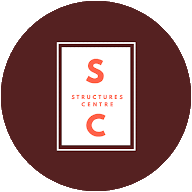
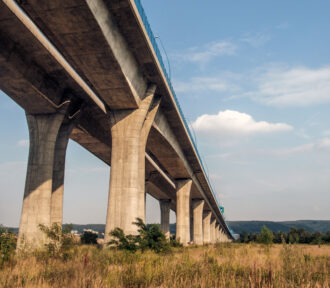
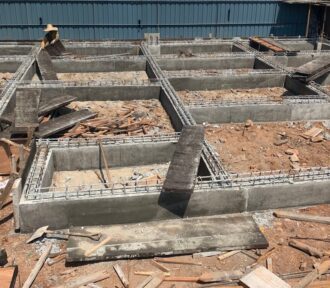
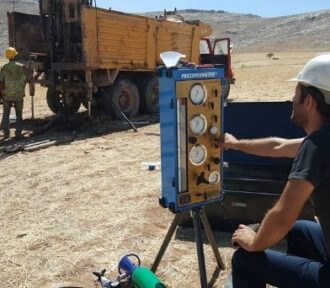

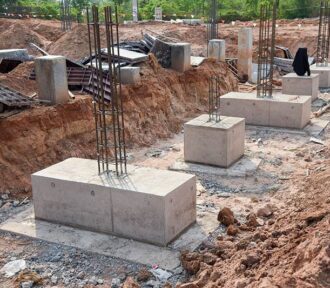

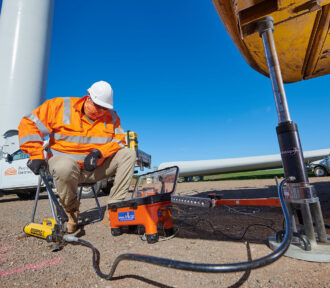
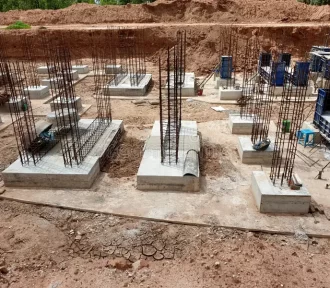
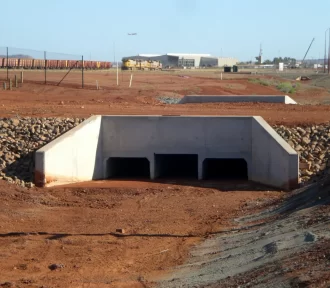
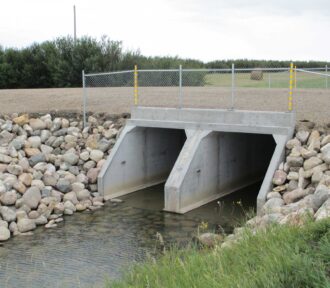
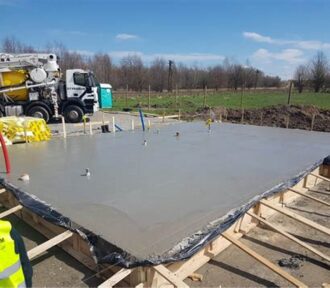
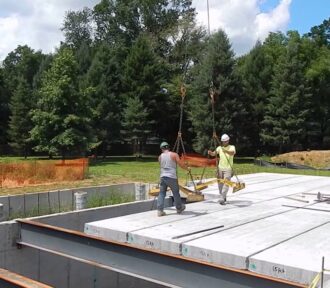

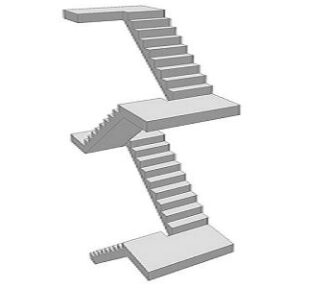
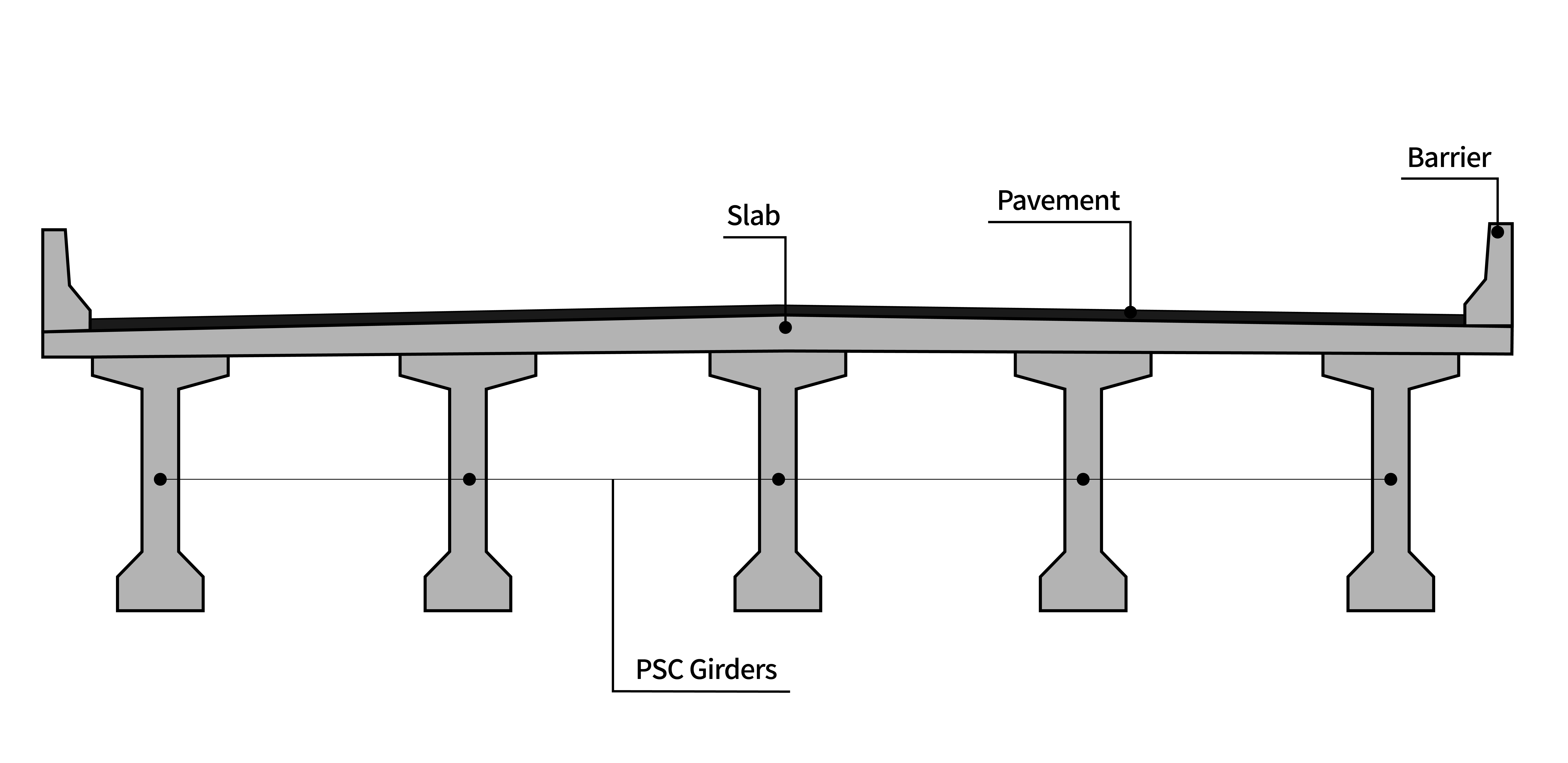
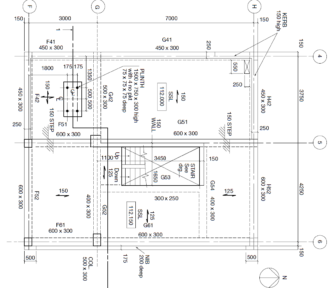
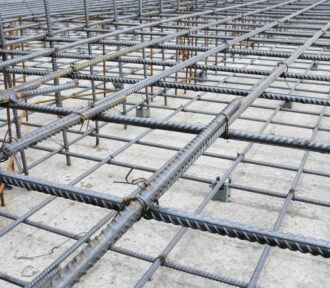
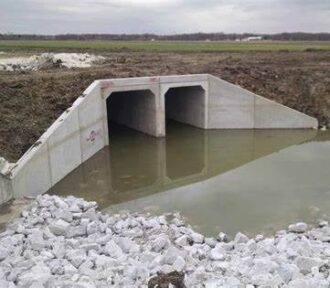
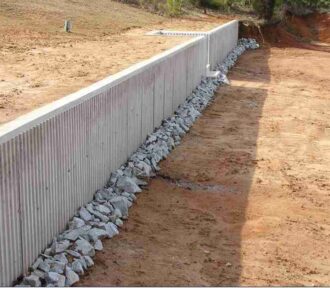

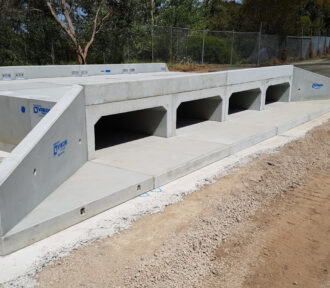
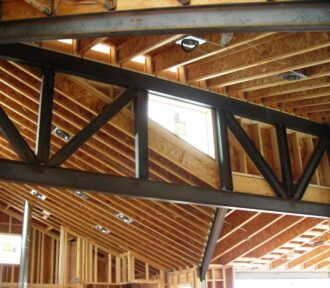
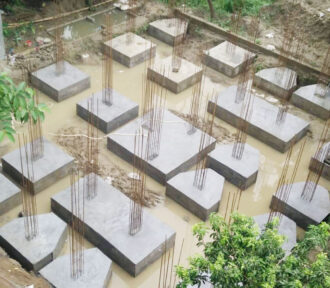

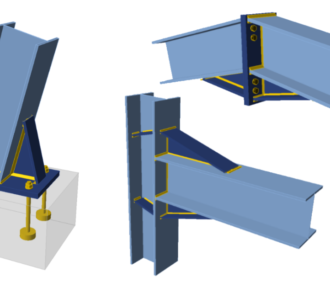
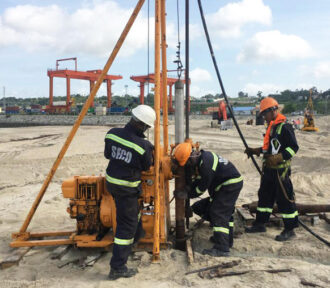
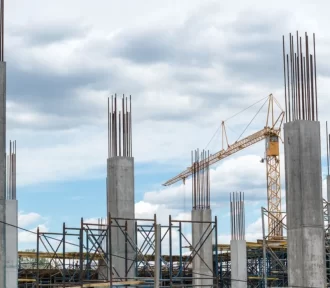
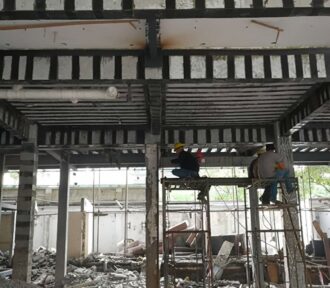
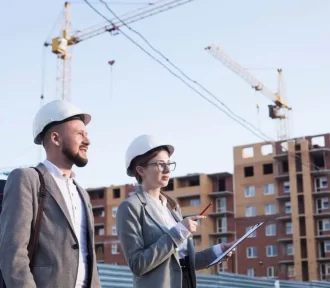
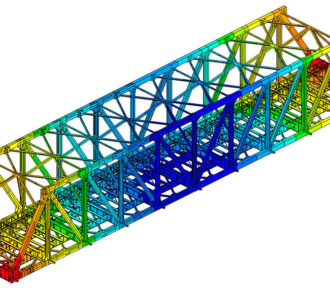
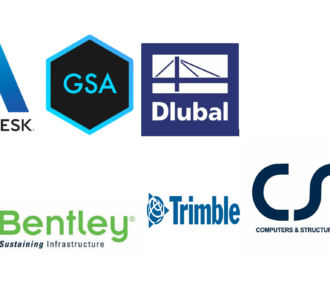
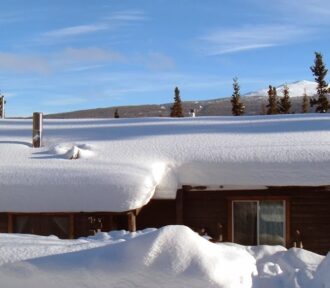
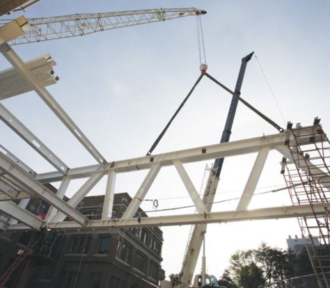

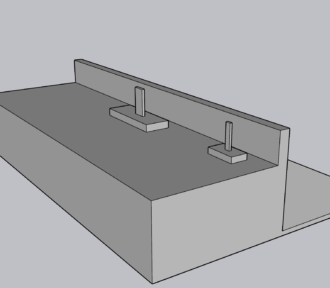
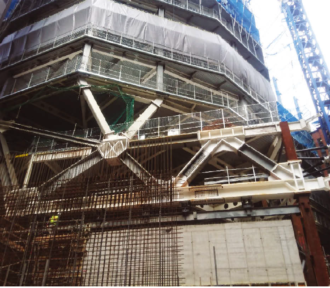
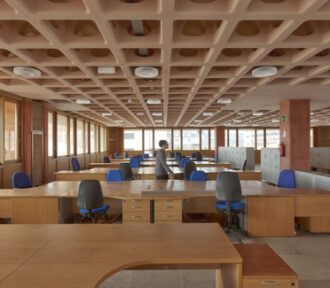
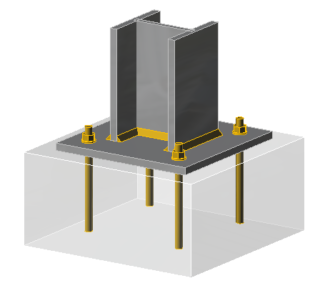
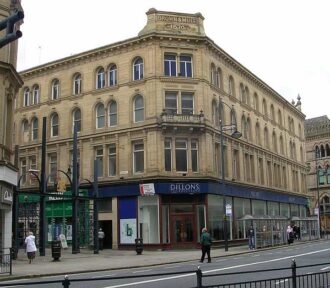
![[Update] Retaining Wall Construction Methods](https://structurescentre.com/wp-content/uploads/2023/10/retaining-wa-const-330x288.jpeg)
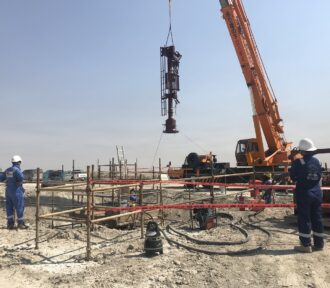
![[Update] Lateral Stability Systems of Tall Buildings](https://structurescentre.com/wp-content/uploads/2022/01/images-2-29-330x288.jpeg)
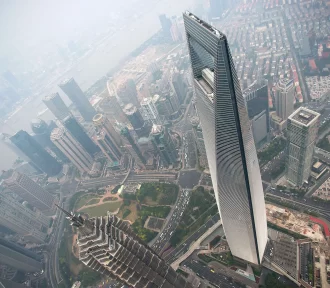
![[Update] Fundamentals of Tall Building Design](https://structurescentre.com/wp-content/uploads/2021/11/3-330x288.jpg)
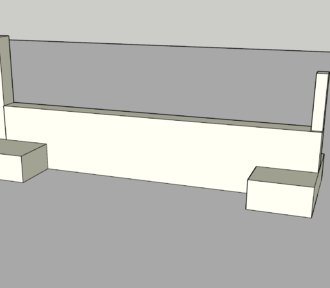
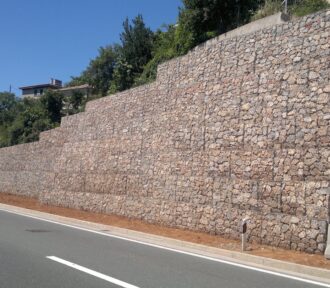
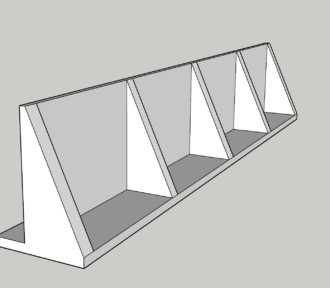
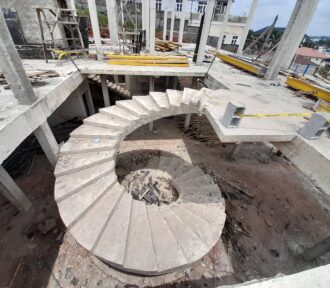

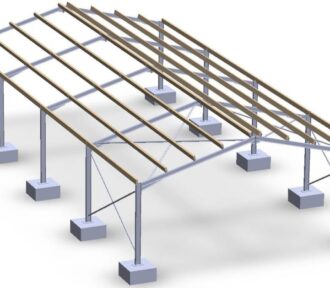
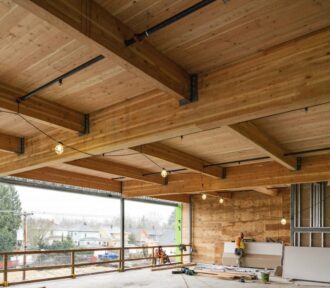
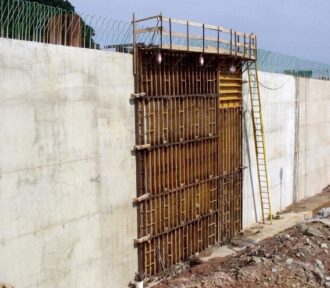

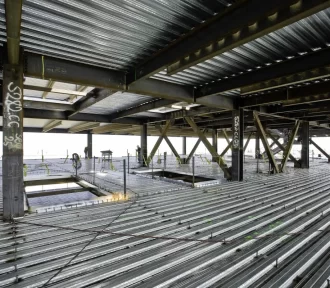

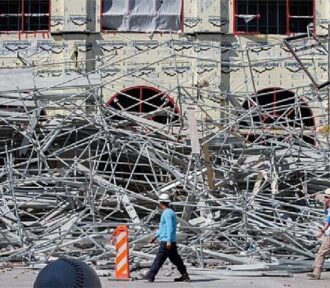
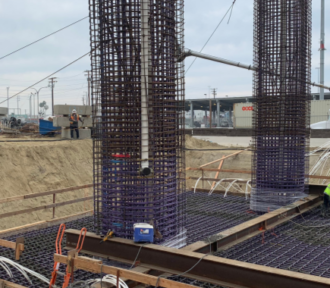
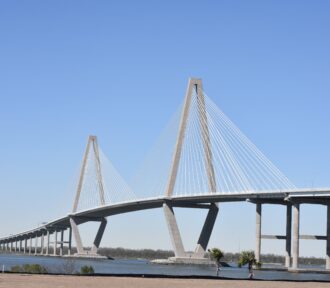
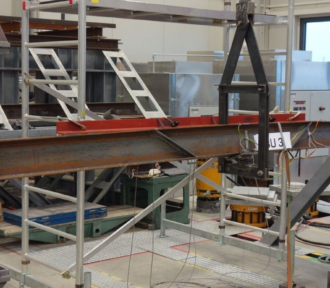
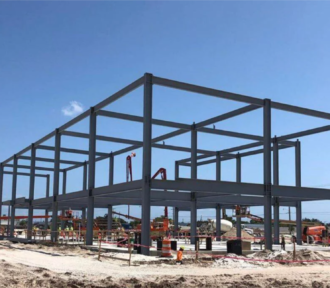
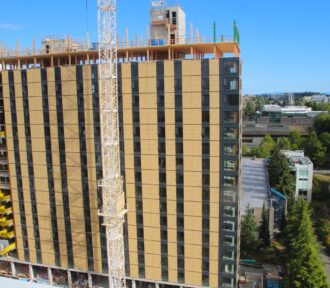
![[Viewpoint] Why Do Buildings Fail in Nigeria?](https://structurescentre.com/wp-content/uploads/2023/04/Ikoyi-collapse-330x288.jpg)
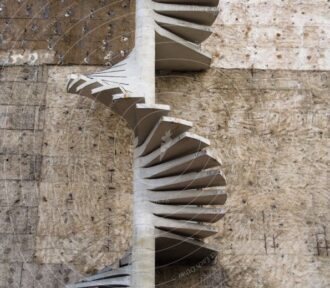
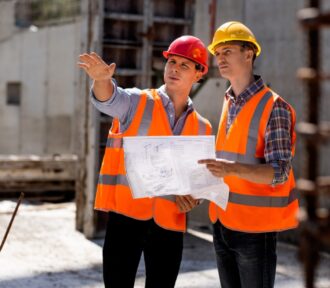
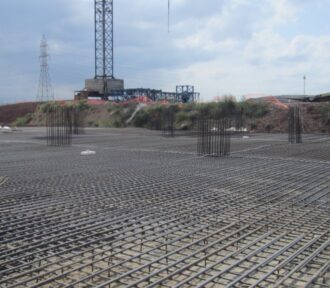
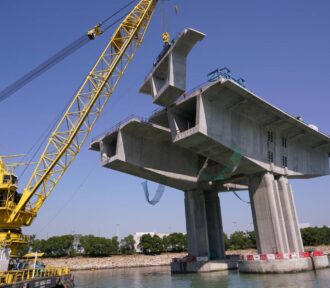

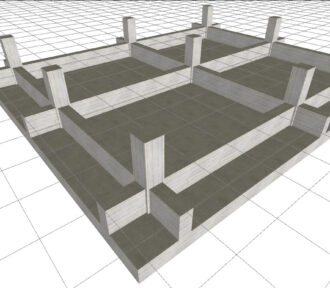
![[Update] A Background to Piling](https://structurescentre.com/wp-content/uploads/2021/05/images-21-330x288.jpeg)
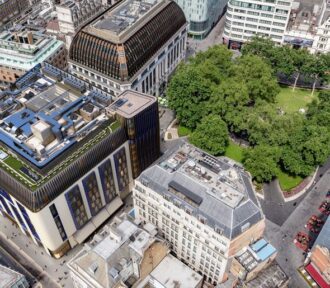


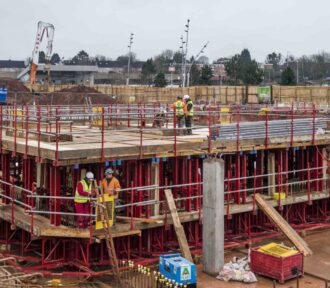
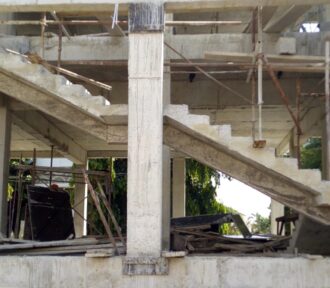
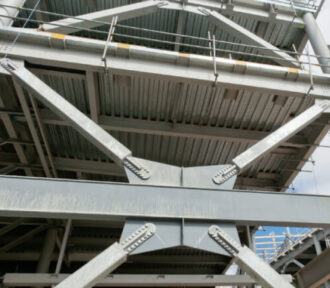
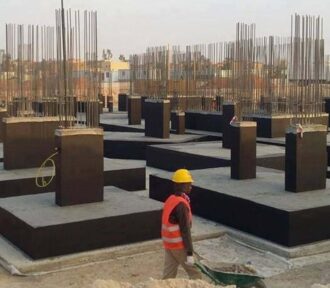
![[Update] Preliminary Sizing of Structural Elements](https://structurescentre.com/wp-content/uploads/2020/03/PatrickPurcellimage-330x288.jpg)
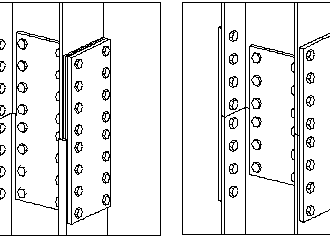
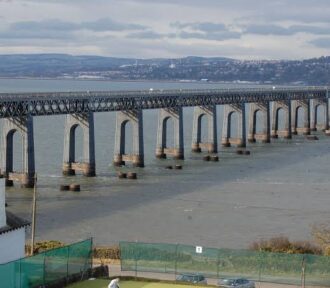
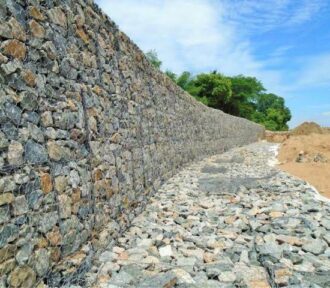
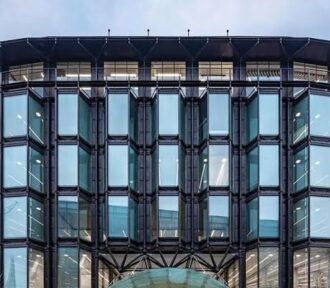
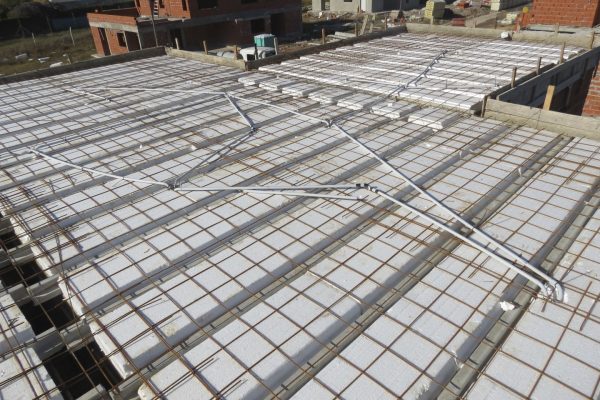
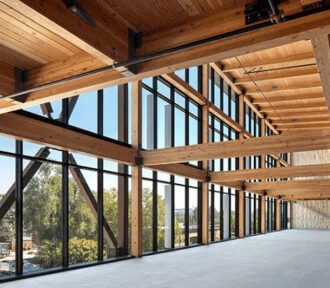

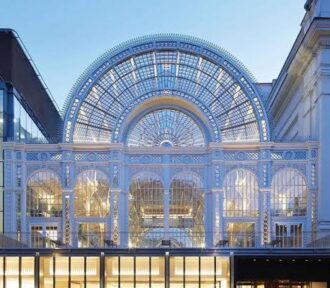

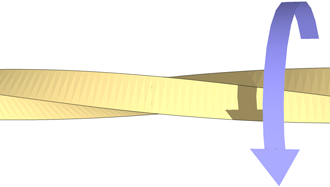
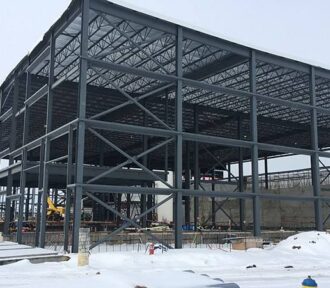
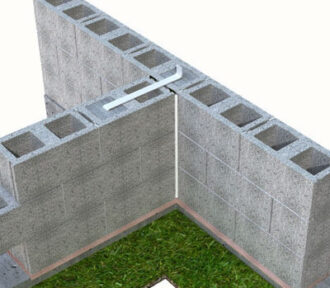
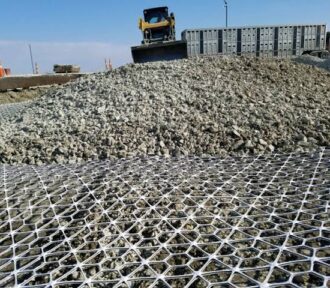
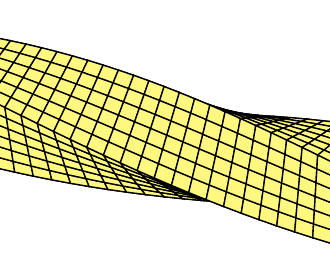
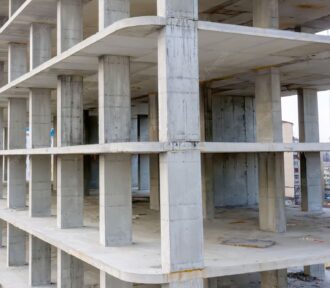
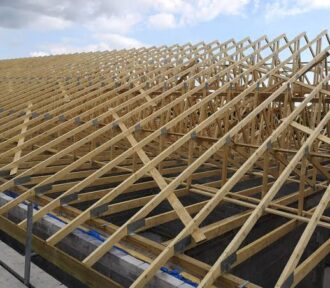
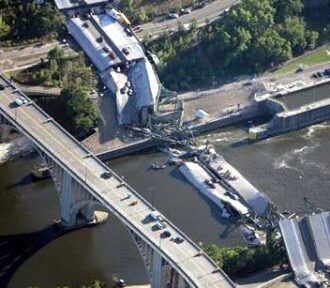
![[UPDATED] Design for Shear Using Bent-up Bars](https://structurescentre.com/wp-content/uploads/2020/12/20201206_182543.jpg)
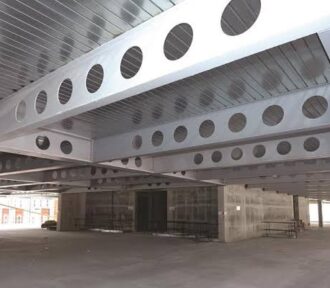

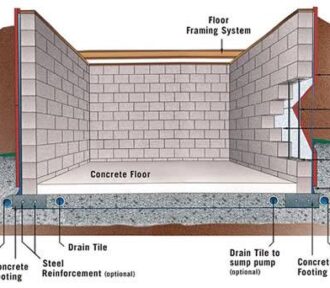
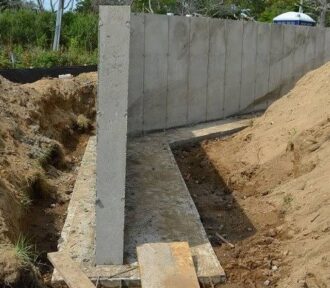
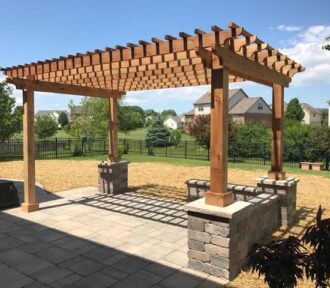

![[UPDATE] Foundation Types: Selecting a Foundation](https://structurescentre.com/wp-content/uploads/2021/06/121-330x288.jpg)
